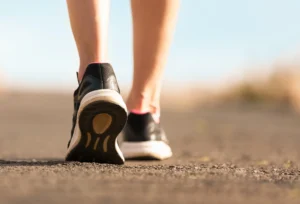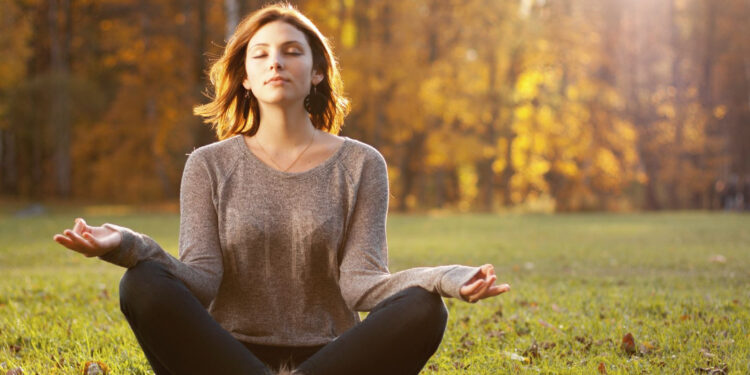In a world of constant notifications, packed schedules, and endless to-do lists, stress has become a common companion for many. But amid the chaos, a simple yet powerful practice is gaining popularity for its ability to bring peace and clarity: mindfulness.
Whether you’re navigating a busy career, managing a family, or simply seeking more balance in life, mindfulness offers accessible techniques that anyone—even complete beginners—can adopt to reduce stress and improve well-being.
What Is Mindfulness?
Mindfulness is the practice of intentionally focusing your attention on the present moment—without judgment. It’s about being aware of your thoughts, emotions, and surroundings, and accepting them as they are. Rooted in ancient meditation traditions, mindfulness has been widely embraced by modern science for its mental health benefits.
Why Mindfulness Works
Research consistently shows that mindfulness can:
- Lower cortisol levels, the body’s primary stress hormone
- Improve sleep quality
- Enhance focus and cognitive function
- Boost emotional regulation and resilience
The best part? You don’t need to retreat to a monastery or commit to hour-long meditations. A few minutes a day can make a significant difference.
5 Simple Mindfulness Techniques to Try Today
- Mindful Breathing
Sit or lie down in a quiet space. Gently close your eyes and bring your attention to your breath. Inhale slowly through your nose, hold for a few seconds, and exhale through your mouth. Focus on the sensation of breathing. If your mind wanders, gently bring it back to your breath. Try this for 2–5 minutes.
Why it helps: Breath awareness anchors you in the present moment and calms your nervous system.
- Body Scan Meditation
Start at the top of your head and slowly move your attention down your body. Notice any areas of tension, discomfort, or relaxation. Spend 1–2 minutes on each major area (head, shoulders, chest, legs, etc.).
Why it helps: Increases physical awareness and helps release stored tension.
- Mindful Walking
Take a short walk and pay attention to each step. Feel the ground beneath your feet, notice the rhythm of your walk, and observe your surroundings without judgment.
Why it helps: Combines physical movement with mental clarity—a great option if you struggle to sit still.

- Five Senses Grounding Exercise
Pause and name:
- 5 things you can see
- 4 things you can feel
- 3 things you can hear
- 2 things you can smell
- 1 thing you can taste
Why it helps: This technique is especially useful during moments of anxiety or overwhelm, bringing you back to the present moment.
- Journaling with Awareness
Take five minutes to write down your thoughts or feelings without censoring or judging them. Focus on how you feel in the moment—physically and emotionally.
Why it helps: Writing helps process emotions and promotes self-awareness, both essential for reducing stress.
Getting Started: Tips for Success
- Start small – Just 2–5 minutes daily is enough to begin
- Be kind to yourself – It’s normal for your mind to wander
- Make it a habit – Consistency is more important than duration
- Use tools – Apps like Calm, Headspace, or Insight Timer offer guided sessions for beginners
Final Thoughts
Mindfulness is not about emptying your mind or achieving perfection. It’s about creating space between you and your reactions—allowing for greater clarity, calm, and control. With just a few minutes of practice each day, mindfulness can become a powerful ally in your journey toward a more balanced, stress-free life.
Begin today. Breathe. Observe. Let go.
evolvance.ae 2025












